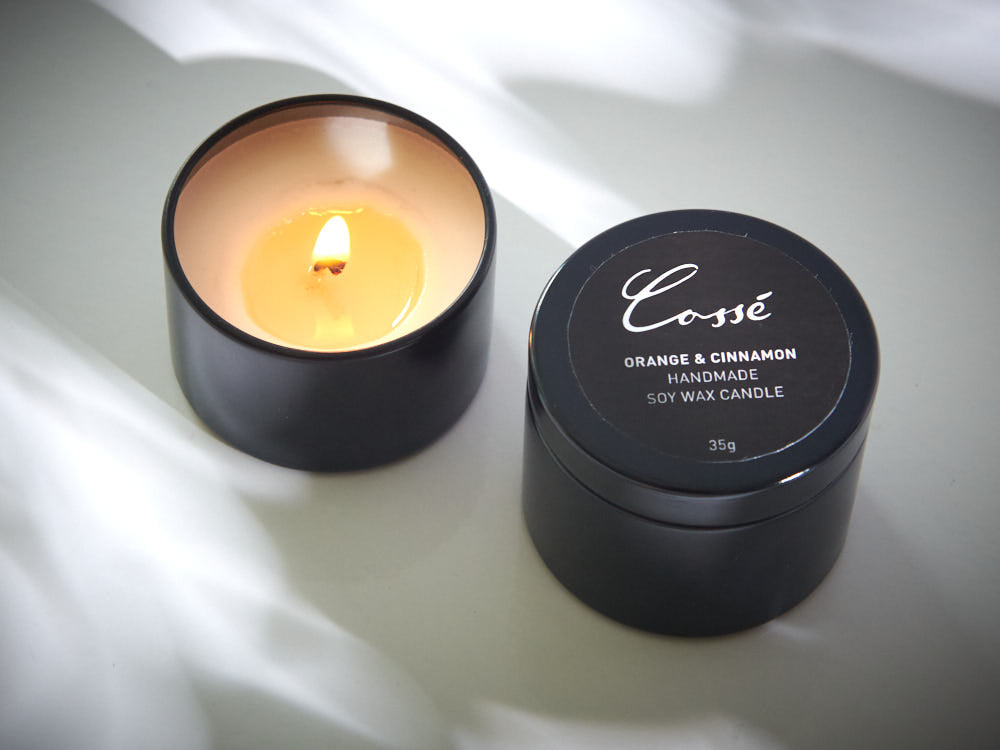Instill Your Home with the Aroma of Crystal Soy Candles and Home Fragrance
From Wick to Wax: Understanding the Chemistry Behind Soy Wax Candles and Their Environmental Impact
As we illuminate our areas with the warm glow of candles, there lies a world of complex chemistry behind the relatively straightforward act of lighting a soy wax candle light. The selection between soy and paraffin wax expands beyond plain aesthetic appeals, delving right into the world of ecological influence and the really structure of the materials. Understanding the molecular framework of soy wax and its burning process loses light on the discharges launched into our environments. Join us as we unravel the clinical ins and outs behind soy wax candle lights and explore their implications on our atmosphere.
Soy Wax Vs. Paraffin Wax
When comparing soy wax and paraffin wax for candle light making, it is necessary to comprehend the distinct attributes and advantages of each product. Soy wax is a natural, sustainable source originated from soybean oil, making it eco-friendly and green - home fragrance. On the other hand, paraffin wax is a result of petroleum refining, which increases concerns regarding its ecological effect and sustainability
Soy wax candle lights melt cleaner and produce less soot compared to paraffin wax candle lights, making them a healthier selection for interior air quality. Additionally, soy wax has a reduced melting factor, enabling for a longer-lasting candle light that distributes fragrance much more successfully. Paraffin wax, on the other hand, has a tendency to shed faster and less easily, possibly launching dangerous chemicals into the air.
From a sustainability point of view, soy wax is favored for its biodegradability and sustainable sourcing, aligning with the growing customer preference for ecologically conscious items. While paraffin wax has been a standard choice in candle light making as a result of its cost and ease of usage, the change in the direction of eco-friendly choices like soy wax is obtaining momentum in the market.
Chemical Structure of Soy Wax

Burning Process in Soy Candles
The chemical composition of soy wax straight influences the combustion process in soy candle lights, impacting variables such as burn time, aroma release, and environmental impact. When a soy candle light is lit, the heat from the flame melts the wax near the wick.
The burning performance of soy candles is influenced by the purity of the soy wax and the quality of the wick. Furthermore, soy wax candle lights have a lower environmental effect contrasted to paraffin candle lights due to their eco-friendly and renewable nature.

Environmental Advantages of Soy Wax

Taken into consideration a sustainable choice to standard paraffin wax, soy wax offers significant environmental advantages that make it a popular choice amongst eco-conscious customers. Soy wax burns cleaner and produces less residue than paraffin wax, adding to much better interior air high quality and lowering the requirement for cleaning and maintenance. Generally, the ecological benefits of soy wax straighten with the growing demand for lasting and environment-friendly items in the market.
Recycling and Disposal Factors To Consider
Reusing and appropriate disposal of soy wax candles play a vital role in preserving ecological sustainability and minimizing waste in houses and neighborhoods. When it comes to reusing soy wax candles, the first step is to ensure that the candle light has actually shed totally.

In regards to disposal, if recycling is not a choice, soy wax candles are biodegradable and can be safely disposed of in the majority of house waste systems. It is constantly recommended to check with neighborhood reusing centers why not check here or waste monitoring solutions for certain guidelines on candle disposal to make sure proper handling and ecological protection.
Verdict
To conclude, the chemistry behind soy wax candle lights discloses their ecological advantages over paraffin wax candles. Soy wax, acquired from soybean oil, burns cleaner and creates much less soot when compared to paraffin wax. The combustion process in soy candles is much more reliable, bring about a longer and more even shed. In addition, soy wax is biodegradable and eco-friendly, making it a much more lasting selection for candle manufacturing. Recycling and appropriate disposal of soy wax candle lights further add to their ecological impact.
When contrasting soy wax and paraffin wax for candle making, it is important to recognize the distinct attributes and my explanation advantages of each product (soy wax candles).Soy wax candle lights melt cleaner and produce much less residue compared to paraffin wax candles, making them a healthier option for interior air quality.Considered a sustainable option to typical paraffin wax, soy wax offers significant ecological advantages that make it a popular option among eco-conscious customers. Soy wax burns cleaner and generates much less residue than paraffin wax, adding to far better interior air top quality and reducing the need for cleaning and maintenance.In final thought, the chemistry behind soy wax candle lights reveals their environmental advantages over paraffin wax candles